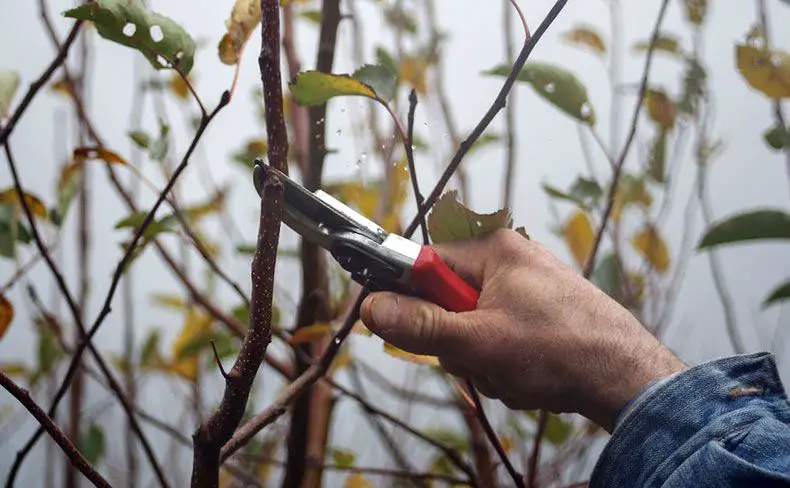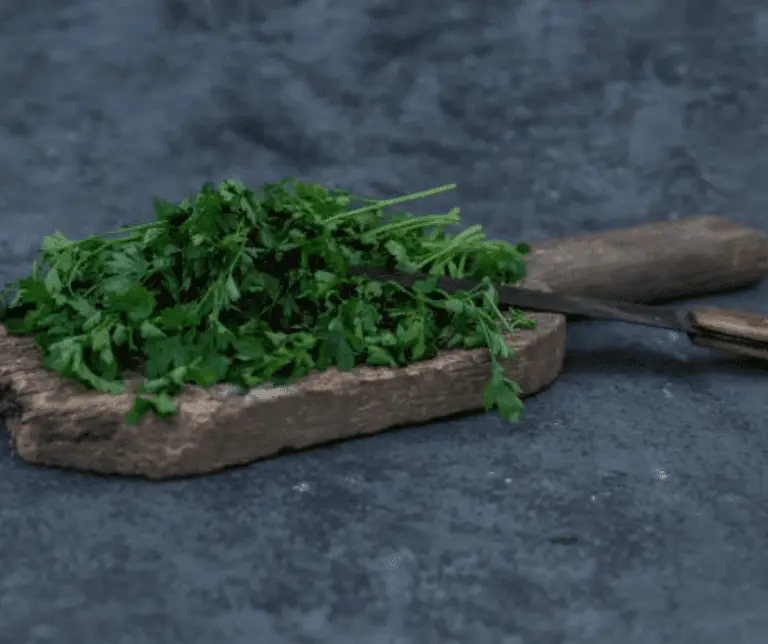Fruit Tree Pruning: Step-by-Step Guide
Why Prune Your Fruit Trees
Pruning your fruit trees is essential for promoting healthy growth, maximizing fruit production, and maintaining the overall vitality of the tree. By selectively removing dead or diseased branches, you can prevent the spread of infections and ensure that the tree’s resources are directed towards producing high-quality fruit. Proper pruning also helps to improve air circulation and sunlight penetration throughout the canopy, reducing the risk of fungal diseases and promoting even ripening of the fruit.
In addition to enhancing fruit quality, pruning plays a crucial role in shaping the tree’s structure and form. Regular pruning helps to train the tree to develop a strong framework that can support the weight of heavy fruit loads and withstand adverse weather conditions. Moreover, by controlling the size and density of the canopy through strategic pruning cuts, you can improve the tree’s overall health and vigor, leading to more robust fruit production in the long run.
When to Prune Your Fruit Trees
Pruning your fruit trees at the right time is crucial for their health and productivity. The timing of pruning can vary depending on the type of fruit tree you have. In general, it is best to prune deciduous fruit trees during late winter to early spring while they are still dormant. This helps promote new growth and allows the wounds from pruning to heal before the growing season begins. On the other hand, it is recommended to prune most citrus trees in late winter to early spring as well, but some species like limes may benefit from light pruning throughout the year. Understanding the specific needs of your fruit trees is essential for successful pruning practices.
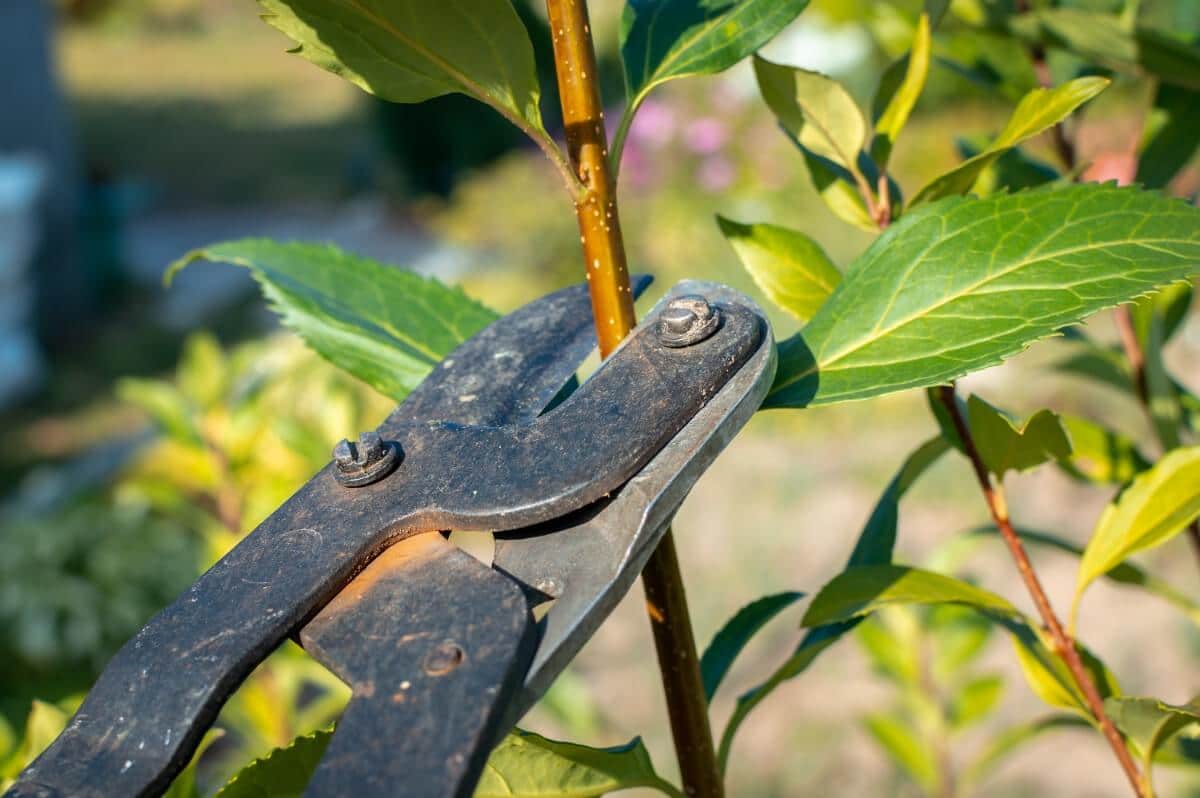
Timing your pruning correctly can have a significant impact on the overall growth, fruit production, and health of your fruit trees. Pruning during the dormant season helps stimulate new growth, improves air circulation within the tree canopy, and removes dead or diseased branches. By avoiding pruning during periods of active growth, you reduce the risk of stress to the tree and minimize the loss of essential nutrients. Additionally, pruning at the right time can lead to a more structured and aesthetically pleasing tree that is easier to maintain in the long run. Remember to research and identify the ideal pruning time for your specific fruit tree varieties to ensure optimal results.
Tools Needed for Pruning
To properly prune your fruit trees, it is essential to have the right tools at your disposal. Some basic tools you will need include sharp hand pruners for precision cuts, loppers for cutting thicker branches, pruning saws for larger branches, and pruning shears for delicate trimming. Additionally, having a sturdy ladder to reach higher branches safely is crucial for effective pruning.
Investing in high-quality tools is key to successful pruning. Dull or low-quality tools can cause unnecessary damage to your trees and make the pruning process more difficult. Keeping your tools clean and well-maintained will also ensure that they stay sharp and in good working condition for years to come, allowing you to prune your fruit trees effectively and efficiently.
Below a list of tools for pruning is given below:
| Tool | Description |
|---|---|
| Pruning Shears | Handheld tools for cutting branches up to 3/4 inch in diameter, available in bypass and anvil styles. Bypass shears are for live plants, while anvil shears are for deadwood. |
| Loppers | Long-handled tools with large cutting blades for branches up to 2 inches in diameter, providing greater leverage than pruning shears. |
| Pruning Saw | Serrated blades for cutting thick branches too large for shears or loppers, available in various sizes including folding saws. |
| Hedge Shears | Long-bladed tools with serrated edges for precise trimming of hedges, shrubs, and topiaries, available in manual and electric types. |
| Pole Pruner | Pruning saw or lopper attached to a long pole for cutting high branches without a ladder, with extendable poles for varying heights. |
| Pruning Knife | Versatile tool for intricate pruning tasks such as thinning fruit clusters, featuring sharp blades and ergonomic handles. |
| Hand Saw | General-purpose saws for cutting larger branches or limbs beyond the capacity of shears, with comfortable handles for efficient cutting. |
| Gloves | Protective gear made of puncture-resistant material for preventing cuts and scratches during pruning, ensuring dexterity. |
| Safety Gear | Safety goggles or glasses for protecting eyes from debris, along with long sleeves, pants, and closed-toe shoes for skin protection. |
| Sharpening Tools | Tools such as sharpening stones or files for maintaining blade sharpness, essential for preserving cutting efficiency. |
How to Properly Prune Young Fruit Trees
Young fruit trees require proper pruning to establish strong structure and encourage healthy growth for future fruit production. When pruning young fruit trees, it is essential to focus on shaping the tree for optimal light exposure, air circulation, and support of fruit-bearing branches. Start by removing any dead, diseased, or crossing branches to prevent potential issues later on. Next, consider the central leader – the main vertical stem – and ensure it remains dominant to promote upward growth.
Additionally, selective pruning of lateral branches can help maintain a balanced shape and prevent overcrowding within the tree canopy. By strategically cutting back branches to encourage outward growth and prevent them from competing for resources, you can help young fruit trees develop a sturdy framework that will support bountiful harvests in the years to come. Remember to use sharp, clean pruning tools to make precise cuts and minimize the risk of introducing pathogens.
How to Prune Established Fruit Trees
Established fruit trees require strategic pruning to maintain their health and optimize fruit production. When pruning established fruit trees, it’s essential to start by removing dead, diseased, or damaged branches. These branches not only look unsightly but can also harbor pests and diseases that can spread to the rest of the tree.
After removing any unhealthy branches, the next step is to thin out the interior of the tree to improve airflow and sunlight penetration. This allows for better fruit development and reduces the risk of mold and fungal diseases. Remember to always make clean cuts at the branch collar to promote proper healing and prevent unnecessary stress on the tree. By following these basic pruning techniques, you can help your established fruit trees thrive and bear abundant, high-quality fruit each season.
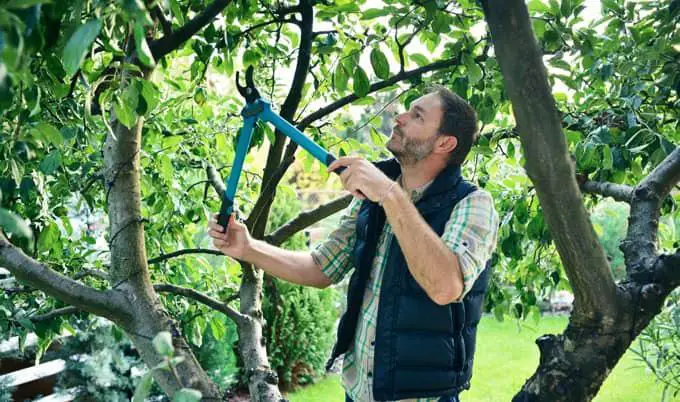
The Importance of Pruning for Fruit Production
Pruning plays a crucial role in the optimal production of fruits from your trees. By skillfully trimming away excess branches and buds, you not only enhance the overall health of the tree but also direct its energy towards fruit development. This practice enables better air circulation and sunlight exposure, both essential factors for fruit set and quality. Proper pruning can help prevent overcrowding of branches, which can lead to issues like disease susceptibility and poor fruit formation.
Furthermore, regular pruning aids in maintaining the size and shape of the tree, allowing for easier access to the fruit for harvesting. It also promotes the growth of new shoots and encourages the tree to form a strong structure, capable of bearing the weight of heavy fruit loads. Implementing correct pruning techniques at the right time ensures that your fruit trees remain productive year after year, providing you with a bountiful harvest of delicious fruits to enjoy.
Common Mistakes to Avoid When Pruning Fruit Trees
When pruning fruit trees, it is crucial to avoid common mistakes that can harm the trees and hinder their growth and fruit production. One common mistake is over-pruning, which involves removing too much of the tree’s canopy, leading to stress and reduced fruit yield. It’s important to follow proper pruning techniques and only remove the necessary branches to maintain the tree’s health and structure.
Another mistake to avoid is pruning at the wrong time of year. Pruning during the wrong season can leave the tree vulnerable to diseases and pests or impact its ability to produce fruit. Understanding the specific timing for each type of fruit tree is essential to ensure successful pruning that promotes growth and fruit development. By avoiding these common mistakes, gardeners can help their fruit trees thrive and produce bountiful harvests.
The chart below shows us some of the common mistakes that can be made during pruning:
| Mistake | Description |
|---|---|
| Over-Pruning | Removing too many branches weakens the tree’s structure and reduces fruit yield. Follow proper pruning techniques and only remove necessary branches. |
| Improper Timing | Prune during late winter to early spring before bud break to avoid disrupting the tree’s growth cycle. Avoid pruning during periods of active growth or in late fall to prevent disease and cold damage. |
| Neglecting to Thin Fruits | Thinning excess fruit clusters improves fruit size, quality, and tree health by reducing competition and stress on branches. Thin fruits when small and green, leaving space between each fruit. |
| Using Dull or Incorrect Tools | Prune with sharp, clean tools appropriate for branch size and disinfect between trees to prevent disease spread. |
| Ignoring Tree Health Issues | Address pest infestations, diseases, and nutrient imbalances before pruning to maintain tree health and fruit production. |
| Topping or Heading Back | Avoid topping or heading back fruit trees to prevent excessive vegetative growth and weak branch structures. Focus on selective thinning and shaping cuts instead. |
| Neglecting to Train Young Trees | Train young trees by establishing a central leader or open-center structure to promote balanced growth and fruit production. |
| Pruning at Incorrect Angles or Locations | Make clean cuts just outside the branch collar or ridge at proper angles to promote healing and minimize stress on the tree. |
| Overlooking Water Sprouts or Suckers | Remove water sprouts and suckers regularly to redirect energy towards fruiting wood and maintain tree vigor. |
| Pruning Too Much Too Soon | Practice patience when pruning young trees to establish a strong framework of branches and avoid stunting growth. Gradually shape and thin as the tree matures. |
Pruning for Tree Health and Disease Prevention
Pruning plays a crucial role in maintaining the health and vitality of fruit trees while also aiding in disease prevention. By removing dead or diseased branches, you help the tree allocate its resources more efficiently towards producing healthy fruits and developing a strong structure. Proper pruning also promotes air circulation and sunlight penetration within the canopy, reducing the likelihood of fungal and bacterial infections that thrive in damp and shaded environments.
Furthermore, pruning can help prevent the spread of diseases among fruit trees by removing infected areas before the pathogens have a chance to proliferate further. Regular pruning practices, when done correctly and at the appropriate times, can significantly reduce the risk of various tree diseases and contribute to the overall resilience of the orchard. Adopting a proactive approach to pruning for tree health and disease prevention can lead to higher yields of quality fruits and a more sustainable cultivation system in the long term.
Pruning Techniques for Different Types of Fruit Trees
When it comes to pruning fruit trees, different types of trees require specific techniques to ensure optimal growth and fruit production. For deciduous fruit trees such as apples, pears, and peaches, it is essential to prune during the dormant season to encourage new growth and maintain tree health. Focus on removing dead or diseased branches, as well as thinning out crowded areas to improve air circulation and sunlight penetration.
On the other hand, citrus trees like lemons, oranges, and grapefruits have a different pruning approach. These trees benefit from lighter pruning throughout the year to shape the canopy, remove water sprouts, and control overall size. Avoid heavy pruning during the dormant season for citrus trees, as it can lead to stress and reduced fruit production. Remember to always use sharp, clean tools and make precise cuts to promote healing and minimize the risk of disease.
How to Train Your Fruit Trees Through Pruning
To train your fruit trees effectively through pruning, it is essential to start shaping them when they are young. Young fruit trees are more receptive to manipulation and can be guided to grow in a desired form. By selectively removing branches and adjusting the tree’s structure, you can promote healthy growth patterns and facilitate fruit production. Proper training from the outset can help prevent issues such as overcrowding, poor fruit set, and inefficient canopy development. Regular monitoring and maintenance of the tree’s shape as it grows will contribute to its long-term health and productivity.
When pruning to train your fruit trees, it is crucial to consider factors such as tree species, growth habits, and desired outcomes. Different types of fruit trees require specific pruning techniques to optimize their growth and fruit production. For instance, apple trees may benefit from an open-centered vase shape to enhance sunlight exposure and air circulation within the canopy. On the other hand, peach trees might thrive with a modified central leader system to support their vertical growth and fruit-bearing capacity. Understanding the unique characteristics of each fruit tree variety is key to implementing tailored training strategies through pruning.
Pruning for Size Control and Canopy Management
When it comes to pruning for size control and canopy management in fruit trees, the importance of regular maintenance cannot be overstated. By strategically removing excess growth and shaping the tree’s canopy, you can promote better air circulation and sunlight penetration, leading to improved fruit quality and overall tree health. Properly pruned trees are also less prone to disease and pest infestations, ensuring a more fruitful harvest season.
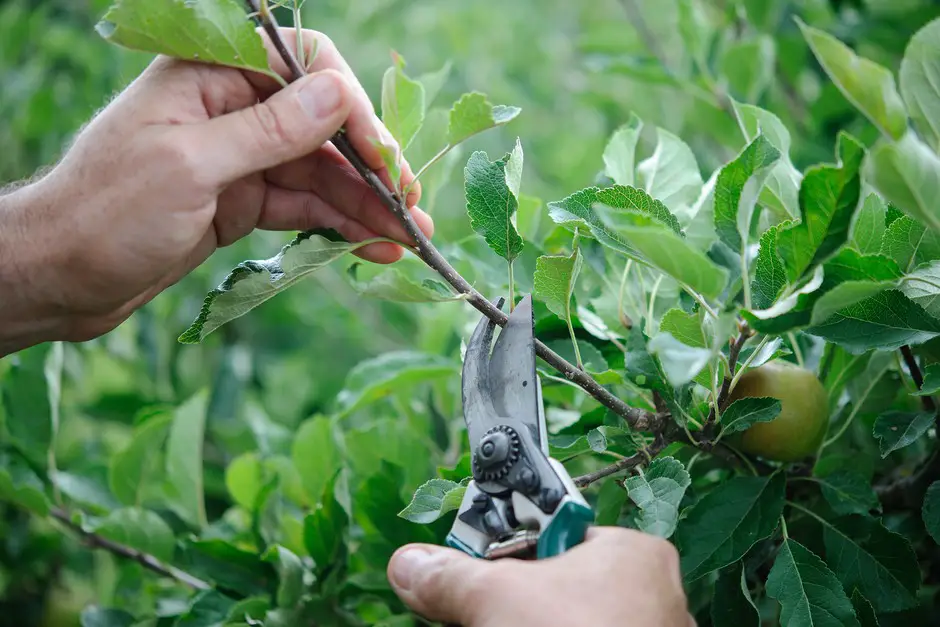
One key aspect of size control through pruning is understanding the natural growth habits of different fruit tree varieties. Some species may require more aggressive pruning to keep their size in check, while others may benefit from lighter, more selective pruning techniques. By tailoring your pruning approach to the specific needs of each tree, you can effectively manage the canopy shape and size, promoting optimal growth and fruit production.
Pruning to Stimulate Fruit Production
To stimulate fruit production in your fruit trees, pruning plays a crucial role. By strategically pruning your trees, you can encourage the growth of new fruiting wood and improve airflow and light penetration within the canopy. This, in turn, can lead to better fruit quality and yield. Additionally, pruning helps in removing dead or diseased branches, promoting overall tree health and vigor, which are essential for optimal fruit production.
When it comes to pruning for fruit production, timing is key. Different fruit trees have specific pruning requirements based on their growth habits and fruiting patterns. Understanding the best time to prune each type of fruit tree is vital to ensure you don’t inadvertently hinder fruiting or leave your tree vulnerable to diseases. Proper pruning techniques, such as thinning out branches to reduce crowding and promoting new growth, can lead to a more bountiful harvest and healthier trees in the long run.
Annual Maintenance Pruning for Fruit Trees
When it comes to maintaining the health and productivity of your fruit trees, annual maintenance pruning plays a crucial role. This practice typically involves the regular removal of dead, damaged, or diseased branches, as well as shaping the tree for optimal growth and fruit production. By engaging in annual maintenance pruning, gardeners can help promote better airflow and sunlight penetration within the canopy, thus reducing the risk of pests and diseases that thrive in densely packed foliage.
In addition to promoting tree health, annual maintenance pruning can also lead to increased fruit yield and improved fruit quality. By removing excess branches and maintaining a balanced canopy structure, gardeners can redirect the tree’s energy towards fruit production, resulting in larger and sweeter fruits. Furthermore, annual pruning allows for the removal of any overcrowded or crossing branches that may hinder the tree’s overall growth and development.
Pruning Considerations for Different Seasons
**Pruning Considerations for Different Seasons**
**Spring:**
During the spring season, it is generally advisable to focus on light pruning tasks for fruit trees. This period is ideal for removing dead or damaged branches, shaping the tree, and promoting overall tree health. Avoid heavy pruning during this time as it may lead to excessive sap flow and stress on the tree.
**Summer:**
Summer is a good time for maintenance pruning to remove water sprouts and suckers that may have developed. However, avoid major pruning during this season as it can leave the tree vulnerable to sunscald and other environmental stresses. Summer pruning can help improve air circulation within the canopy, reduce disease risk, and maintain the tree’s structure.
This video will show the method of pruning.
Seeking Professional Help for Fruit Tree Pruning
Seeking professional help for fruit tree pruning can often be a wise decision for those looking to ensure the health and longevity of their trees. Professional arborists possess the expertise and experience needed to assess the specific needs of each tree, determining the best course of action for optimal growth and fruit production. With their in-depth knowledge of different fruit tree species, professionals can effectively tailor pruning techniques to suit the unique requirements of each type of tree.
A certified arborist can also identify and address any potential issues or diseases that may be affecting your fruit trees. By entrusting the care of your orchard to a knowledgeable professional, you can take proactive steps to prevent the spread of diseases and ensure the overall well-being of your trees. Professional tree care services not only focus on immediate pruning needs but also consider long-term tree health, providing valuable advice on maintenance practices that can contribute to the overall success of your fruit trees.
Why should I consider seeking professional help for fruit tree pruning?
Professional arborists have the expertise and experience to properly prune fruit trees, ensuring optimal growth, health, and fruit production. They can also identify potential issues and provide recommendations for tree care.
How can I find a reliable professional for fruit tree pruning?
You can ask for recommendations from local nurseries or gardening centers, check online reviews, or contact local arborist associations for recommendations. It’s important to choose a certified arborist with experience in pruning fruit trees.
What are the benefits of hiring a professional for fruit tree pruning?
Hiring a professional for fruit tree pruning can save you time and effort, ensure proper pruning techniques are used, and help maximize fruit production. Professionals can also assess the overall health of your trees and provide recommendations for ongoing care.
How often should I seek professional help for fruit tree pruning?
It’s recommended to have your fruit trees pruned by a professional at least once a year to promote healthy growth and fruit production. However, the frequency of pruning may vary depending on the type of fruit tree and its specific needs.
What should I look for in a professional arborist for fruit tree pruning?
When selecting a professional arborist for fruit tree pruning, look for certifications, experience with fruit trees, and a good reputation in the community. It’s also important to discuss your goals for pruning and ensure the arborist understands your specific needs.

